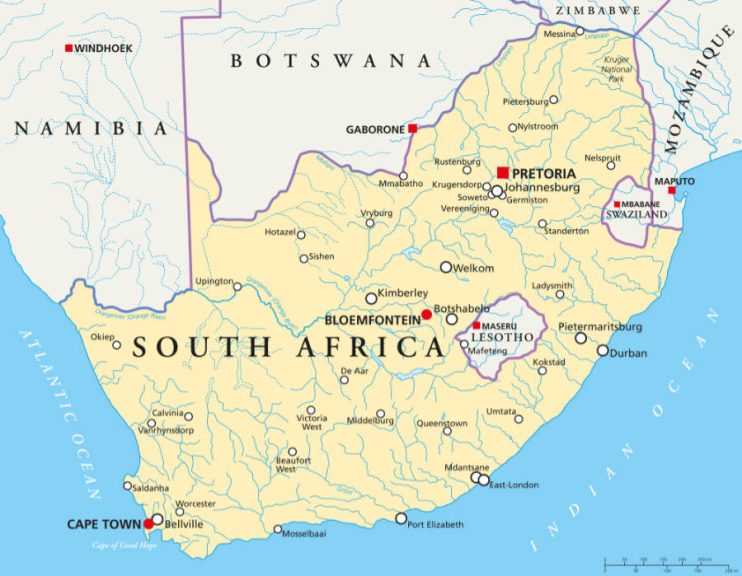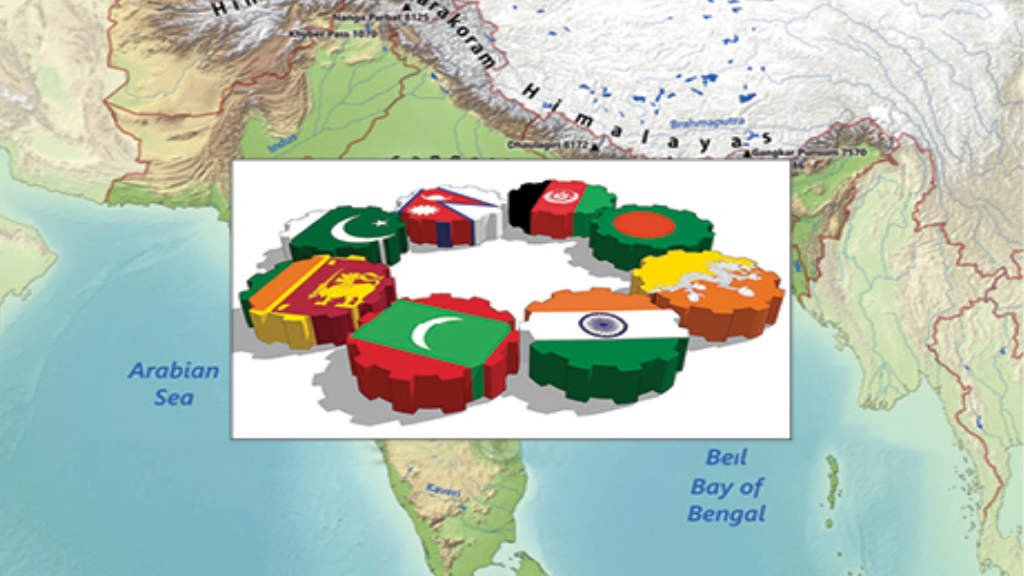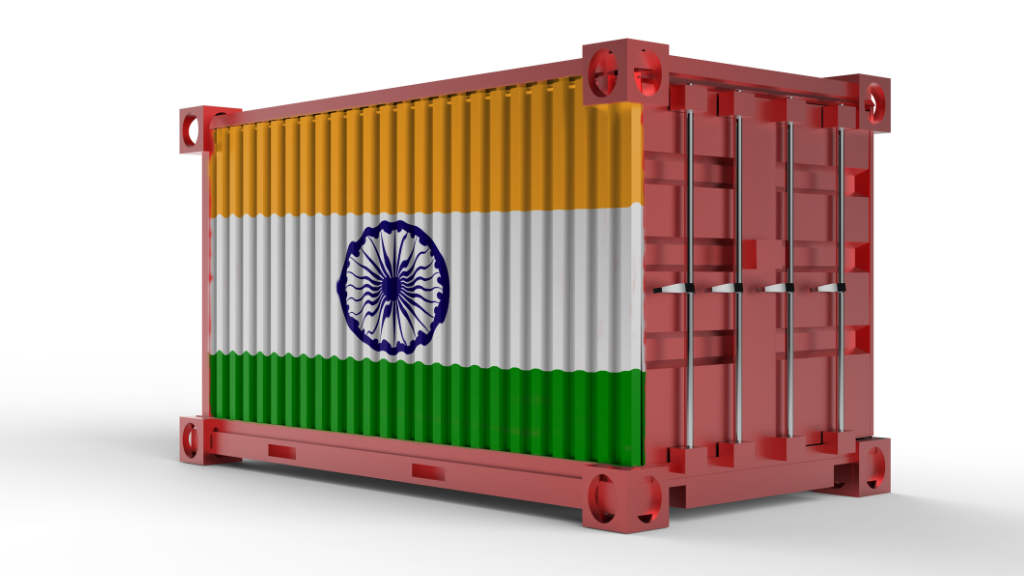The Russian President, Vladimir Putin, and South Africa President Cyril Ramaphosa have held a telephone conversation to discuss the further development of bilateral cooperation, particularly in trade and economy, as well as investment.
South Africa has come under significant United States tariff pressures with Washington imposing a 31% import tariff on all South African goods. With the country facing economic problems, Cape Town is looking to develop trade ties with alternative markets. Russia is an obvious call as both are full members of the BRICS.
Russian Foreign Minister Sergei Lavrov, on a working visit to South Africa in February this year, noted South Africa’s significant contribution to strengthening the African Union as the main regional organisation. Russia plans to open seven more embassies in Africa between now and 2026.
Lavrov also met with South Africa’s Foreign Minister, Ronald Lamola on Wednesday last week in Moscow. Lamola had arrived in the Russian capital to chair the South African delegation at the 18th session of the Mixed Intergovernmental Committee on Trade and Economic Cooperation. According to a statement from Russia’s Foreign Ministry, the talks covered “a range of issues related to further strengthening traditionally friendly Russian-South African relations.”

With this flurry of diplomatic activity, it can be assumed that both countries are working out mutual policies to support each other. Russia will want more diplomatic support from South Africa, and particularly within Africa and the United Nations, while South Africa requires an increase in exports and investment.
Russian trade with South Africa has been slowly increasing and reached about US$1.5 billion in 2024. Direct shipping services have been reestablished, while Russian investors are looking into opportunities as diverse as gas refining, nuclear waste management, electrical equipment manufacturing, and viniculture amongst others. Russia exports mainly wheat and fertilizers, while South Africa exports mainly agricultural produce. There remain opportunities in both markets.
Further Reading






